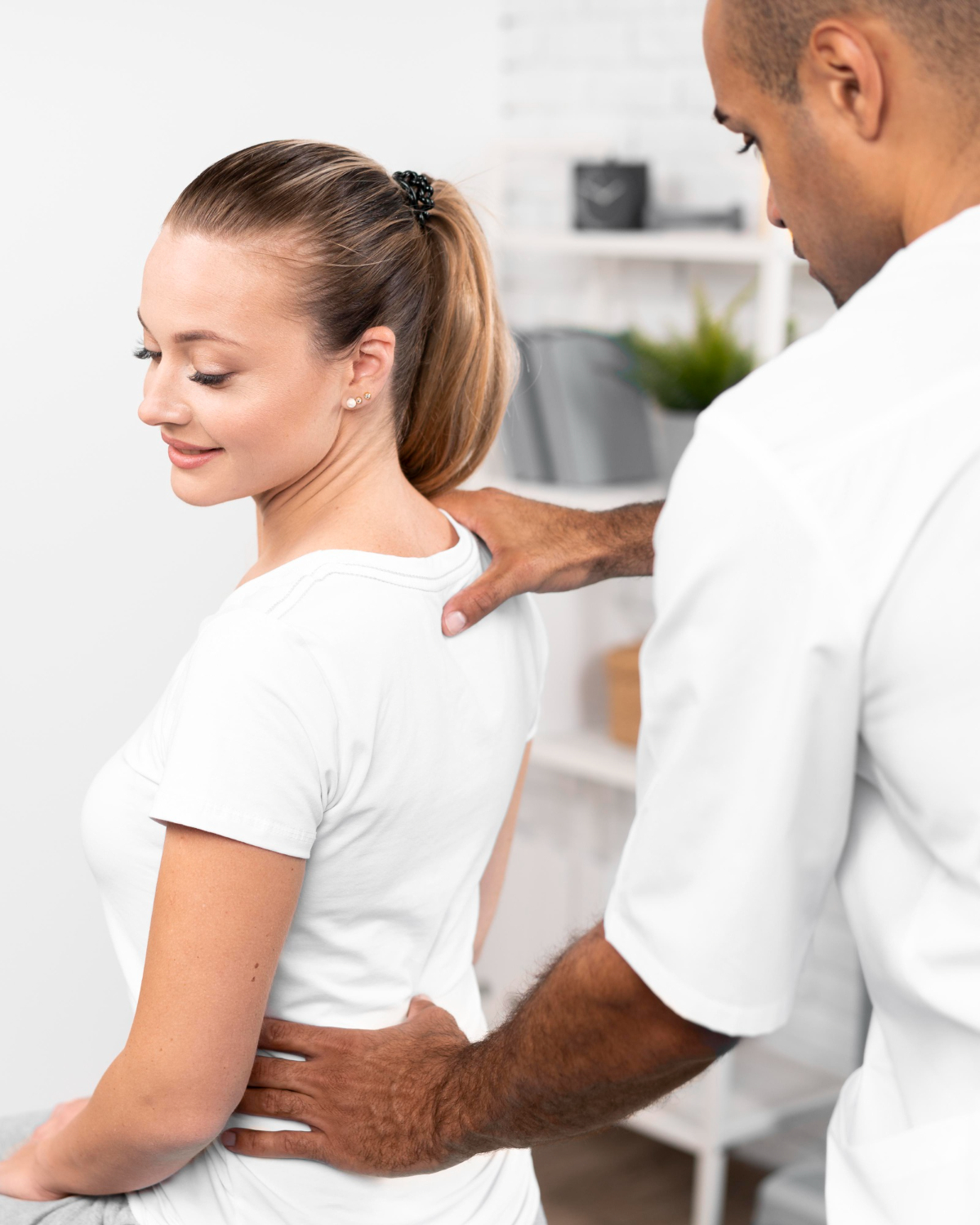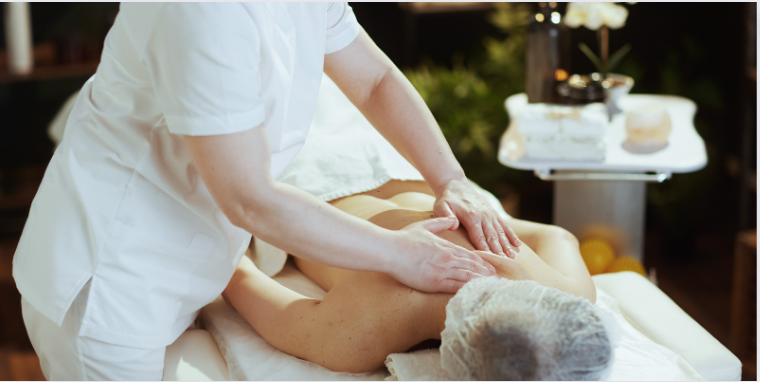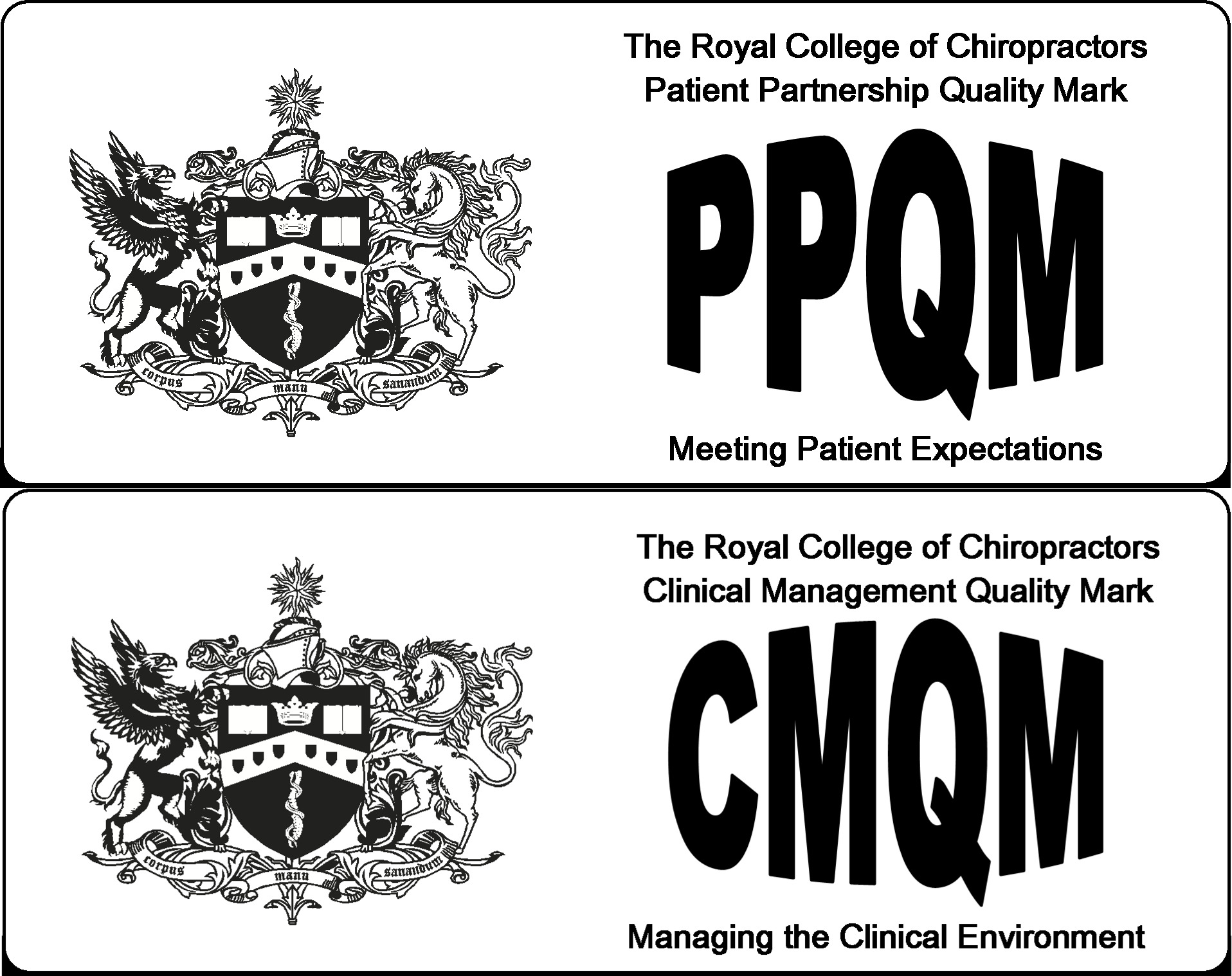Upper back pain is a common issue that affects millions of people globally, disrupting daily activities and diminishing quality of life. While lower back pain is frequently discussed, upper back pain can be equally debilitating and is often less understood. The upper back, or thoracic spine, plays a crucial role in supporting the body’s posture and facilitating movement. Therefore, any strain or injury in this area can lead to significant discomfort.
In this article, we’ll explore the primary causes of upper back pain and provide some useful tips on how to alleviate it.
Experience the Benefits of Chiropractic Care Today
What Is Upper Back Pain?
The upper back refers to the region that extends from the base of the neck to the bottom of the rib cage, involving the thoracic spine. Unlike the lower back, the thoracic spine is less mobile because it is connected to the ribs, providing greater stability but less flexibility. Upper back pain can manifest in different forms, such as sharp pain, dull aches, muscle stiffness, or tingling sensations. This discomfort can range from mild to severe and, in some cases, may radiate to the neck, shoulders, or arms.
Mostly Cause of Upper Back Pain
The causes of upper back pain can vary greatly depending on a person’s lifestyle, habits, and any underlying medical conditions. Understanding these causes is essential for both preventing and treating the issue effectively. Here are some of the most common causes:
1. Poor Posture
One of the leading causes of upper back pain is poor posture, particularly in today’s world, where people spend long hours sitting in front of computers or looking down at their phones. Slouching or hunching over creates undue pressure on the spine and muscles in the upper back, leading to pain over time. This type of pain is often described as a nagging ache between the shoulder blades and can worsen with prolonged poor posture.
Tips for Prevention:
- Ergonomics: Ensure your workspace is set up correctly, with your computer screen at eye level and a supportive chair.
- Regular Breaks: Take short breaks to stand, stretch, and change your position.
- Posture Awareness: Focus on keeping your shoulders back and your spine straight while sitting and standing.
2. Muscle Strain and Overuse
Another common cause of upper back pain is muscle strain, which can result from overuse or improper movement. Whether it’s due to lifting heavy objects incorrectly or engaging in repetitive motions, overworked muscles can become tight and painful. Sports enthusiasts and those with physically demanding jobs are especially prone to this type of upper back pain.
Tips for Prevention:
- Proper Technique: Learn the correct form for lifting heavy items and performing physical tasks.
- Strengthening Exercises: Regular exercise can help strengthen the back muscles, reducing the risk of strain.
- Stretching: Incorporate stretching into your daily routine to keep muscles flexible and prevent stiffness.
3. Injury or Trauma
Injuries, whether from a car accident, a fall, or direct impact, can also cause upper back pain. This type of pain may come on suddenly following the injury and can be severe, sometimes leading to limited mobility. In some cases, injuries can also result in more serious conditions, such as herniated discs or fractured vertebrae, which may require medical intervention.
Tips for Prevention:
- Safety Measures: Use proper safety equipment when engaging in high-risk activities, such as sports or manual labor.
- Be Mindful: Pay attention to your surroundings and movements to avoid accidents and injuries.
4. Underlying Medical Conditions
Several medical conditions can contribute to upper back pain, and these conditions may not always be immediately apparent. These include:
- Osteoarthritis: This degenerative joint disease can cause pain and stiffness in the upper back as the cartilage between the vertebrae wears down over time.
- Scoliosis: An abnormal curvature of the spine can lead to upper back pain, particularly as the condition progresses and places extra pressure on the muscles and joints.
- Herniated Disc: A disc in the upper spine may bulge or rupture, pressing on nearby nerves and causing sharp, shooting pain.
- Myofascial Pain Syndrome: This chronic condition causes pain in the muscles and the connective tissues surrounding them, often affecting the upper back.
Tips for Prevention:
- Medical Consultation: If upper back pain persists or worsens, consult a healthcare professional to rule out any underlying conditions.
- Regular Check-ups: Maintaining regular medical check-ups can help detect and manage conditions before they escalate.
5. Emotional Stress
Stress and anxiety can manifest physically, often contributing to tension in the upper back muscles. When the body is under emotional stress, it tends to tense up, particularly in the neck and shoulder region, which can lead to upper back pain. Chronic stress may even exacerbate existing pain conditions.
Tips for Prevention:
- Relaxation Techniques: Practices such as deep breathing, meditation, or yoga can help reduce stress and ease muscle tension.
- Physical Activity: Exercise is not only good for your body but also helps alleviate stress, which may reduce upper back pain.
- Adequate Rest: Ensure you get enough sleep to allow your body to recover from daily stresses.
How to Alleviate Upper Back Pain
If you’re already experiencing upper back pain, several strategies can help alleviate it:
- Stretching and Strengthening: Gentle stretching and exercises that target the upper back can help relieve tension and build muscle support. Yoga, in particular, is effective for reducing pain and improving flexibility.
- Massage Therapy: A professional massage can help release tight muscles and reduce pain in the upper back.
- Heat and Cold Therapy: Alternating between applying heat and ice packs can reduce inflammation and ease muscle pain.
- Over-the-counter Pain Relief: Medications such as ibuprofen or acetaminophen can provide temporary relief from pain and inflammation.
- Physical Therapy: For more persistent cases of upper back pain, consulting with a physical therapist may be beneficial. A therapist can create a personalized plan to strengthen the back muscles and improve posture.
When to See a Doctor
While upper back pain is often manageable with self-care, there are instances where it’s important to seek medical attention. If your pain persists for more than a few weeks, is accompanied by symptoms such as numbness, weakness, or difficulty breathing, or if it occurred after an injury, a healthcare provider should evaluate you to rule out any serious conditions.
Conclusion
FAQs
What is upper back pain?
Upper back pain refers to discomfort or pain in the area between the base of the neck and the bottom of the rib cage. It can manifest as sharp pain, dull aches, or muscle stiffness and may spread to other areas like the neck and shoulders.
What are the most common causes of upper back pain?
The most common causes of upper back pain include:
- Poor posture (slouching, hunching over devices)
- Muscle strain or overuse (improper lifting or repetitive motions)
- Injuries (falls, accidents)
- Medical conditions (osteoporosis, scoliosis, herniated disc)
- Emotional stress (causing tension in muscles)
How can poor posture cause upper back pain?
Poor posture, especially when sitting for long periods or using devices improperly, can put strain on the muscles and joints of the upper back. This creates extra pressure on the spine, leading to pain over time.
What can I do to prevent upper back pain caused by poor posture?
To prevent posture-related pain:
- Set up an ergonomic workspace.
- Take regular breaks to move and stretch.
- Focus on maintaining a straight back and keeping your shoulders relaxed.
Can emotional stress contribute to upper back pain?
Yes, emotional stress can cause muscle tension in the neck and upper back. Chronic stress may worsen muscle stiffness, leading to upper back pain.
What exercises can help prevent upper back pain?
Strengthening exercises like rows, shoulder shrugs, and yoga can help build muscle support and improve flexibility, which helps prevent upper back pain.






